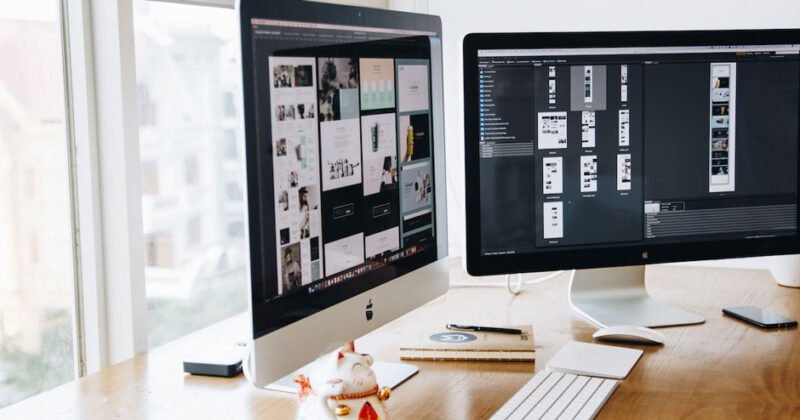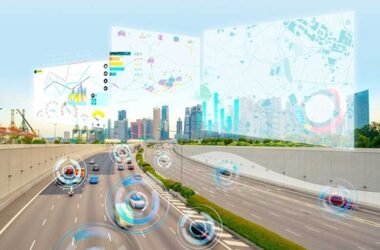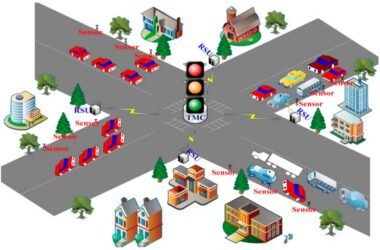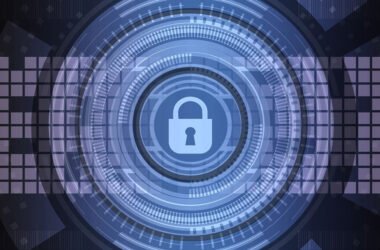Computer screen monitoring has become a central topic in 2025 as companies continue shifting to hybrid and fully remote operations. Once seen as a tool for strict oversight, modern monitoring systems now focus on productivity, transparency, and digital security. For many organizations, the question is no longer whether to use monitoring tools, but how to introduce them responsibly so they support—not control—employees.
What Computer Screen Monitoring Actually Is Today
While early versions of monitoring software simply captured screenshots or logged websites, today’s tools are much more sophisticated and far less invasive. They analyze workflow patterns, help companies safeguard sensitive data, and generate productivity insights that employees themselves often find useful. Instead of exposing every click, modern systems emphasize accurate time tracking, project visibility, and compliance with growing privacy regulations. Many platforms even allow workers to view their own productivity dashboards, giving them control over how their data is interpreted.
Why Companies Turn to Monitoring in 2025
The primary motivation for adopting computer screen monitoring today is not surveillance but clarity. With teams spread across cities or even continents, managers need a reliable understanding of how projects progress without constant check-ins or unnecessary meetings. When used properly, monitoring provides this visibility in the background, creating an environment where employees can focus on deep work instead of reporting every task manually.
Monitoring also helps organizations protect confidential information. In industries where data breaches can lead to legal or financial consequences—such as finance, healthcare, or IT—screen activity records serve as both a preventive measure and an early-warning system. If suspicious behavior occurs, companies can identify it quickly and investigate with proper documentation.
The financial value of accurate time tracking also plays a major role. Many organizations bill clients based on working hours, and automated activity logs reduce billing errors and eliminate disputes. This is particularly meaningful in fields such as software development, design, consulting, or legal services, where transparency strengthens client relationships.
Legal and Ethical Considerations
Implementing computer screen monitoring requires careful attention to regional laws and regulatory requirements. In Europe, GDPR remains the strictest data privacy standard, emphasizing minimization, transparency, and clear justification for any data collected. Employers must communicate exactly what is monitored, why it is monitored, and how long the data is stored. Many organizations are required to conduct a Data Protection Impact Assessment before introducing monitoring at all.
In the United States, rules differ from state to state. Some states, such as California, New York, Connecticut, and Delaware, demand explicit notification or written consent. Even in areas where laws are more employer-friendly, businesses increasingly choose transparent communication because it reduces resistance and builds trust.
Regardless of location, ethical implementation means respecting boundaries. Monitoring should not capture personal messages, sensitive personal data, medical information, or private accounts. Companies usually implement redaction tools, blurred screenshots, or activity-only monitoring to stay compliant and protect employee privacy.
How to Introduce Monitoring Without Damaging Trust
The success of monitoring depends almost entirely on how it is communicated. Employees rarely react negatively when they understand the intent and see the benefits for themselves. Clear explanations, written policies, and open discussions establish a foundation of trust. Many companies also give employees access to their own activity reports, turning monitoring into a shared tool rather than a one-sided inspection system.
Another essential best practice is ensuring that monitoring supports productivity rather than serves as a punitive measure. Modern organizations use the collected insights to identify training opportunities, highlight workflow bottlenecks, and prevent burnout by recognizing when workloads become unbalanced. When monitoring becomes a coaching resource instead of a mechanism for punishment, team morale remains stable and often improves.
Adjusting the monitoring level based on job role is equally important. Not every employee needs the same degree of visibility. For example, HR professionals frequently handle sensitive records, so companies often avoid screenshot monitoring for their roles. Developers, on the other hand, may benefit more from project-focused time tracking. Tailoring settings ensures monitoring is relevant, lawful, and respectful.
Access control behind the scenes also matters. Only authorized managers should be able to view monitoring data, and every access event should be logged to prevent misuse. Proper encryption, secure storage, and automated data-retention limits protect both employees and the organization.
The Modern Standard for Monitoring Software
The most trusted monitoring tools today are those that prioritize customization and privacy. Companies look for features like adjustable screenshot frequency, blurred or partially redacted images, automatic disabling outside working hours, and AI-based analytics that interpret productivity patterns without constant surveillance. This shift away from intrusive controls reflects a global trend: monitoring should guide, not watch.
Conclusion
Computer screen monitoring has evolved from an invasive oversight tool into a practical, transparent, and often necessary component of modern digital work. When companies use it responsibly—communicating openly, complying with regional laws, and focusing on productivity rather than punishment—it strengthens team collaboration, enhances security, and brings clarity to complex workflows. In an era where employees are increasingly distributed, monitoring done right helps businesses and workers operate with confidence, fairness, and consistency.









